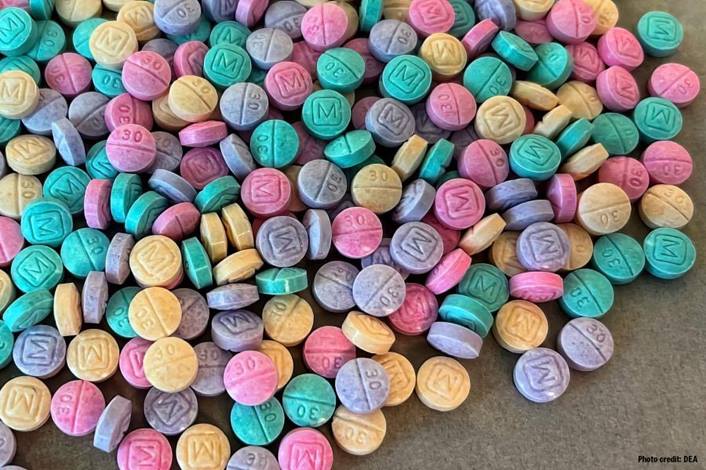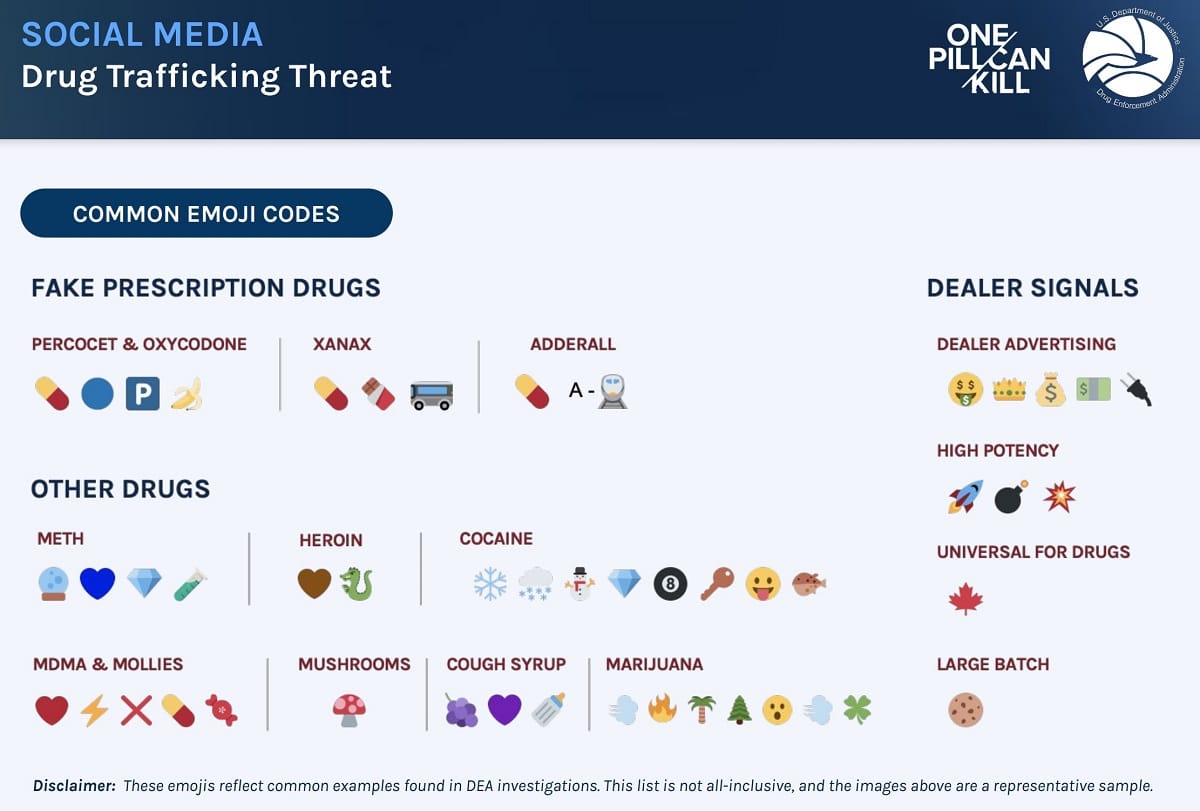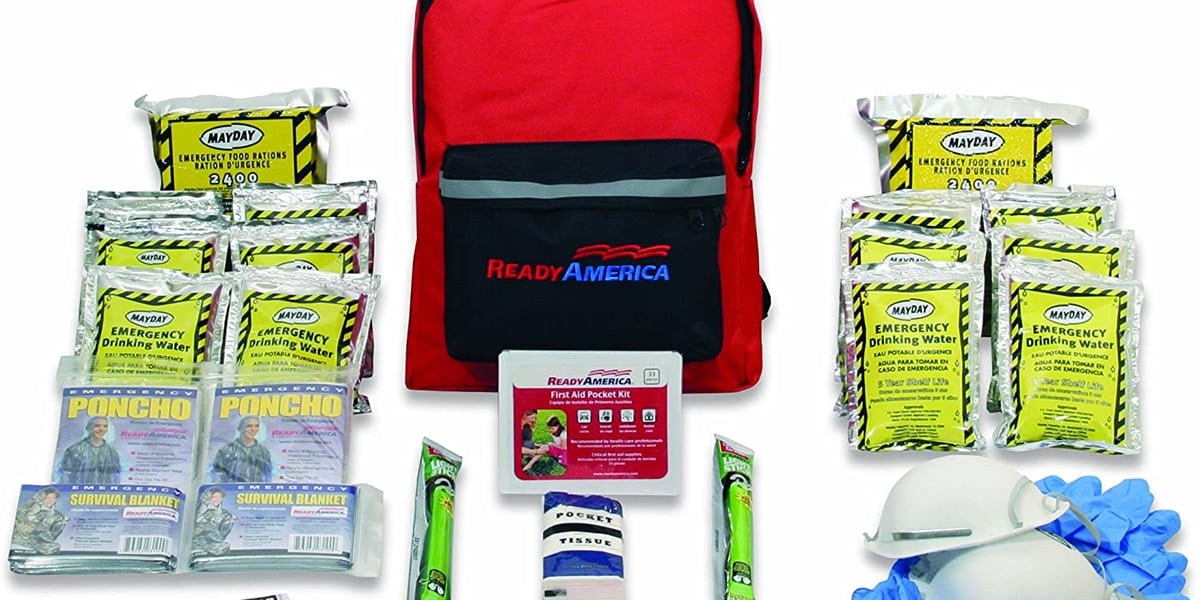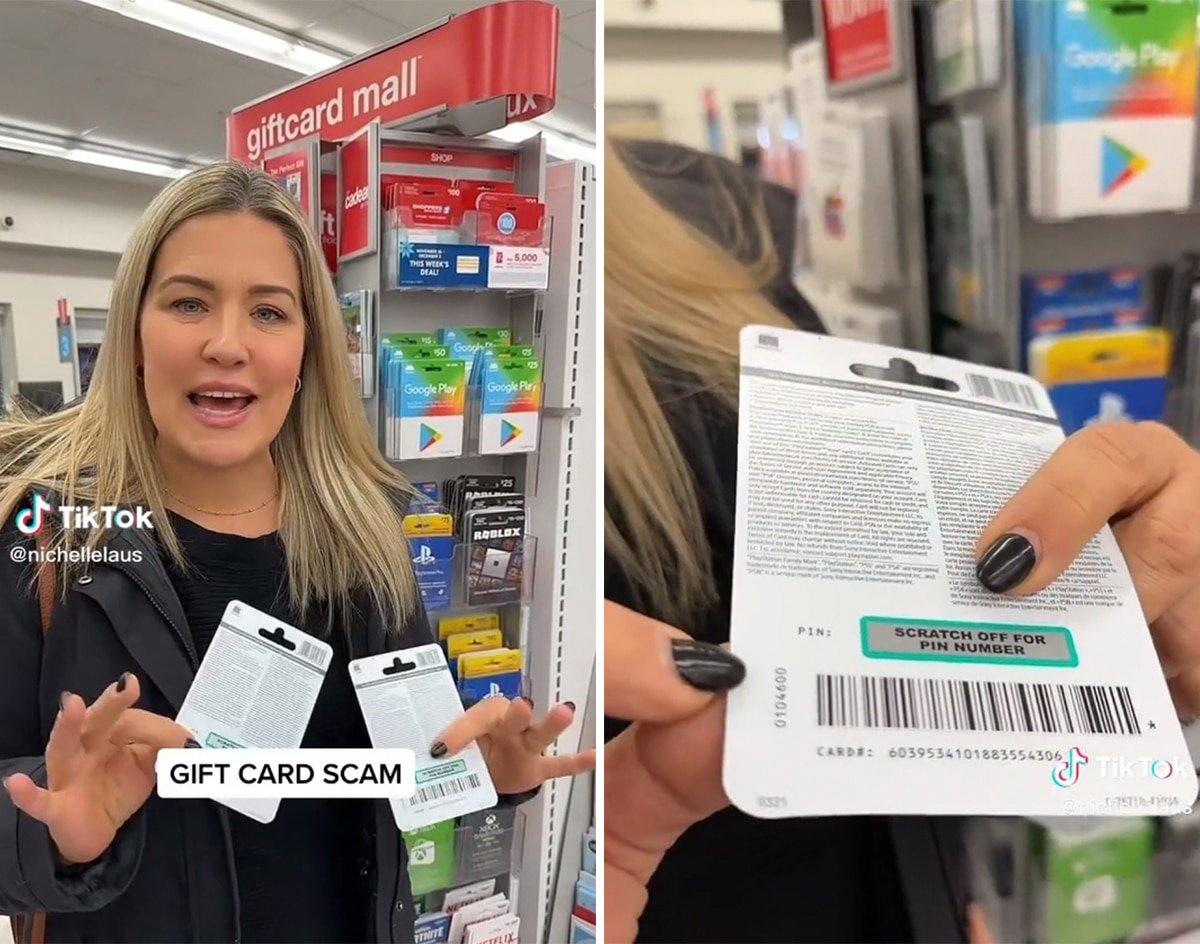My son’s school recently sent out a mass email to parents, reminding us to talk to our kids about the dangers of drugs and to shed light on how kids communicate. I found it educational and shocking, which is why I’m sharing this information, in the hope that it can help save lives. If you don’t have young children at home, please share this article with anyone you know who does.
The email began with: “As most of you have seen in recent days, our society finds itself in a dangerous struggle with illegal drugs. The drug fentanyl is being used in counterfeit pills and is having a deadly impact on our youth. Now is the time to have age-appropriate conversations with your children about the dangers of illegal drugs.”

It’s crazy but drug dealers have made fentanyl pills brightly colored so they look like candy. In fact, they remind me of the old Flintstones vitamins I used to take as a kid, minus the fun shapes.
According to Nationwide Children’s Hospital, “These drugs are brightly colored like chalk and candy, potentially making them more attractive to children and young people. Although these substances may resemble candy, don’t be fooled—they are deadly. It is important for parents to be aware of this new fentanyl disguise and to keep it away from children.”
 What I found to be the most educational and shocking was the Drug Enforcement Administration’s (DEA) cheat sheet of the emojis kids use to communicate. Kids these days (I feel like my parents just writing those words) don’t even have to type a word to their drug dealers. They just use emojis. The DEA has decoded them, which you can see above.
What I found to be the most educational and shocking was the Drug Enforcement Administration’s (DEA) cheat sheet of the emojis kids use to communicate. Kids these days (I feel like my parents just writing those words) don’t even have to type a word to their drug dealers. They just use emojis. The DEA has decoded them, which you can see above.
It’s unfortunate that the universal emoji for drugs is the maple leaf, which Canadians have to be shocked about. I’m only married to a Canadian and I’m flabbergasted.
Note: The DEA has a disclaimer: “These emojis reflect common examples found in DEA investigations. This list is not all-inclusive, and the images above are a representative sample.”
The DEA shows how kids “contact drug traffickers on social media apps in response to their advertisements – either using direct messaging or by commenting on a post. Once contact is made, drug traffickers and potential buyers often move to an encrypted communications app like WhatsApp, Signal, and Telegram. Drug traffickers typically switch to these encrypted communications apps to arrange drug deals with prospective buyers.”
The DEA’s advice for parents to protect their children:
1. Stay vigilant and aware of the drug trafficking threats on smartphone apps.
2. Know the dangers of counterfeit pills: their accessibility, availability and increasing lethality.
3. Share message the message that One Pill Can Kill.
4. Visit DEA.Gov/onepill to learn more.
Nationwide Children’s Hospital advice for parents to protect their children:
- “Keep medication out of sight and away from children: Designate a safe, locked spot for all medications (prescription and over the counter) in the household.
- Have a conversation: Using age-appropriate language, talk to your child about the dangers of drug usage (read more here). Talk to them about this new trend so they can spot warning signs. Refrain from judgment so your child can openly share what is on their mind. Make sure to advise them never to use medication without adult supervision, and never to take unknown substances.
- Monitor your child’s social media usage: Ask your child what content they are engaging with and who they are talking to. If someone offers to sell your child drugs, report and block the user. Make sure to contact your local police station.”
Just writing this post makes me feel sick to my stomach but it’s important that every parent and guardian knows the very real dangers of fentanyl and how easy it is for kids to buy and dupe their parents by using emojis instead of words in their communications.







